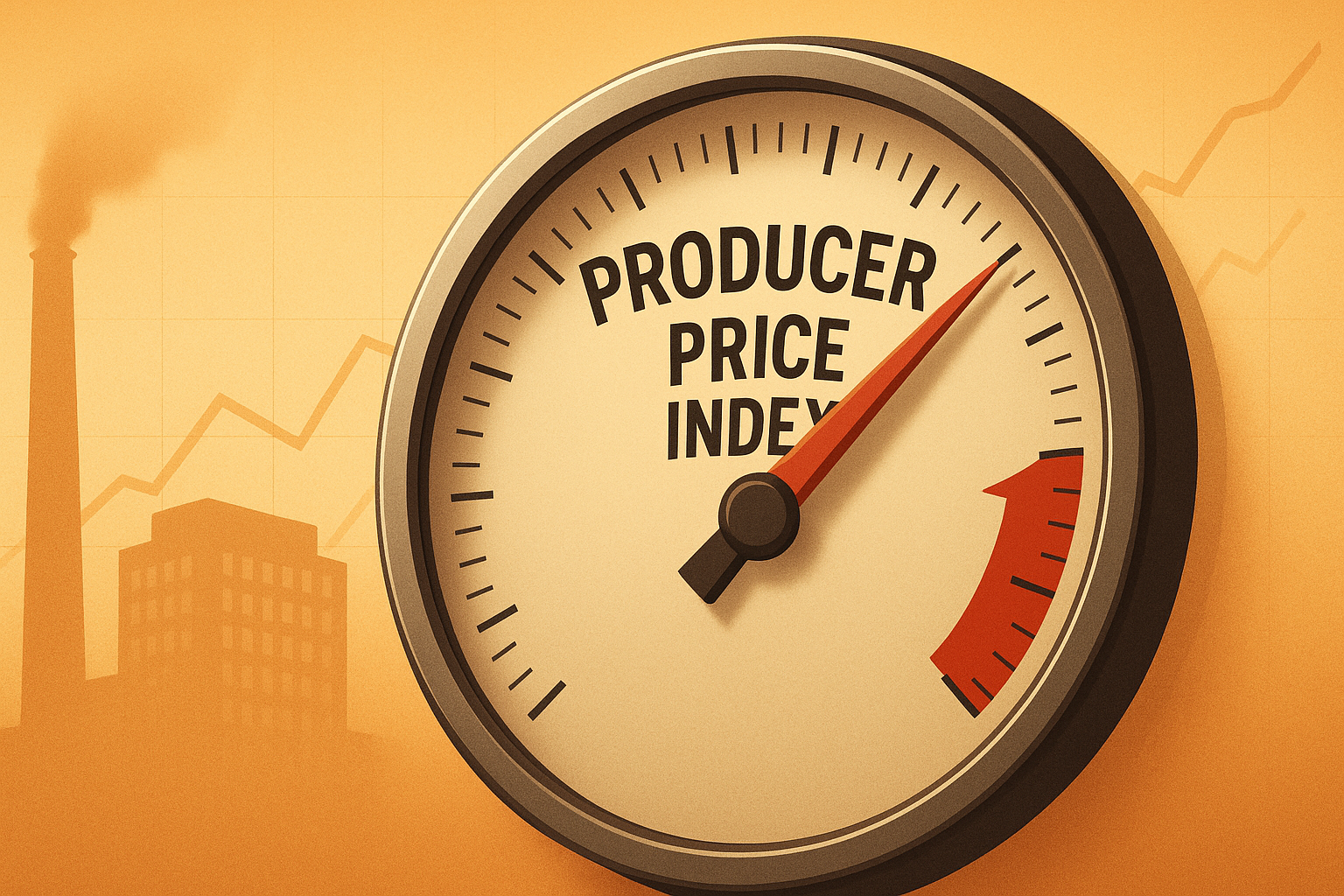The inflation roller coaster just won't stop, folks. July's Producer Price Index jumped a whopping 0.9% – blowing past what analysts expected and probably ruining some economist's beach vacation plans. Services led this unwelcome charge at 1.1%, while goods prices climbed a still-significant 0.7%. Annually, we're looking at 3.3%, which, let's be honest, isn't exactly what the Fed's been hoping for.
Bad news? Well... not catastrophic, but definitely not great.
I've been tracking these numbers since the pandemic began, and what we're seeing now is what I'd call "sectoral stickiness" – those stubborn pockets of the economy where inflation just won't quit. The services component tells the real story here. Remember back in 2021 when everyone (myself included) was blaming supply chains and chip shortages? Those were simpler days. Now we're dealing with something far trickier – that persistent services inflation that tends to linger like a houseguest who doesn't get the hint.
Producer prices eventually trickle down to consumers – that's just economic gravity at work. Businesses can only absorb higher costs for so long before they start passing them along. Some might squeeze their margins temporarily or hunt for efficiencies, but at the end of the day, you and I end up footing the bill.
What's particularly striking about this report is how it reinforces the split-screen economy we've been living with. Goods inflation at 0.7% monthly isn't great, but it's the services number that's really raising eyebrows. The Fed has been praying for services inflation to break, and so far, those prayers remain unanswered.
Markets barely flinched at the news. Seriously.
It's what I've started calling "inflation fatigue syndrome" – after years of shocking numbers, Wall Street has developed a remarkable tolerance for what would've sent traders into a panic back in 2019. Like when you've been eating ghost peppers for years and suddenly jalapeños just don't register anymore.
This puts the Fed in an awkward spot (to put it mildly). Rate cuts have already been penciled into market calendars, Powell has been dropping hints about easing ahead, yet here comes inflation with another "not so fast" moment. It's like announcing you're going vegan right before Thanksgiving dinner – something's gotta give.
Having covered the Fed for over a decade, I recognize their current predicament. They're trying to navigate between two economic realities: consumer spending that keeps defying gravity despite higher interest rates, and sectors like commercial real estate and manufacturing that are showing serious stress fractures. This PPI report just made their job harder.
Look, inflation hasn't been vanquished – it's morphed. We've moved from the acute phase (supply chains, energy prices, pandemic reopening) to something more chronic and potentially more troublesome. The Fed knows this. Markets know this. But everyone's been participating in this collective fantasy that we're heading back to the economic promised land of 2019.
I spoke with several economists yesterday who all shared similar concerns. "The transmission from producer prices to consumer prices isn't one-to-one, but it's real," one told me, requesting anonymity because they weren't authorized to speak publicly. "This report suggests the last mile of inflation fighting might be the hardest."
The next few months will tell us whether this was just a blip or something more concerning. If it's the latter, well... those rate cut expectations might need a serious reality check. In markets, timing is everything – and the timing of this inflation surprise couldn't be worse for the rate-cut narrative that's been driving markets higher.
One thing seems increasingly clear: that 2% inflation target? It's starting to look less like an upcoming exit on the economic highway and more like a mirage shimmering in the distance. Not a disaster, perhaps, but definitely not what anyone ordered.
